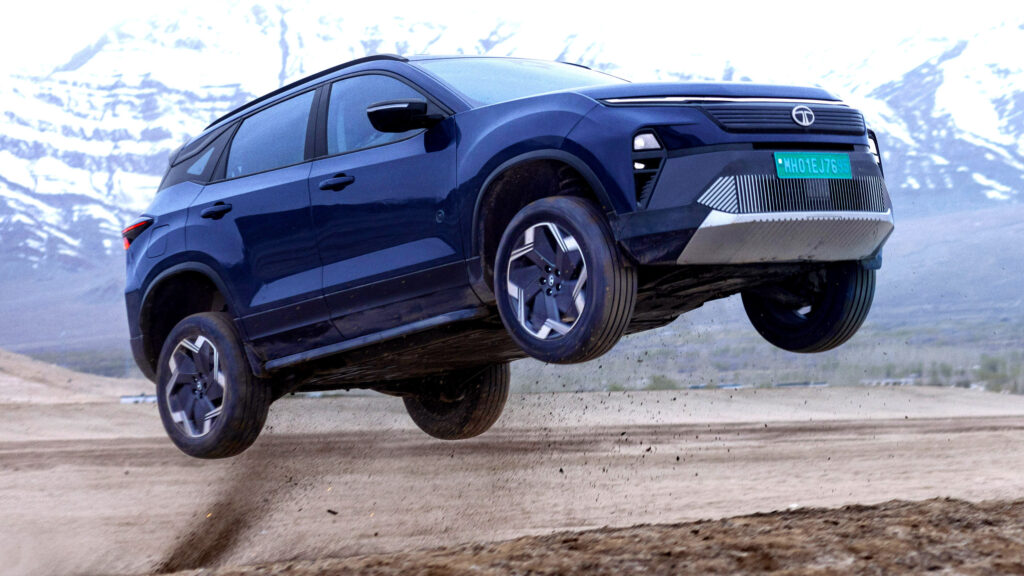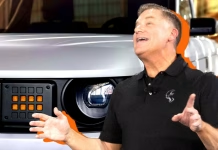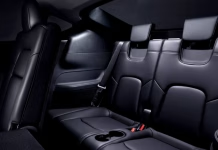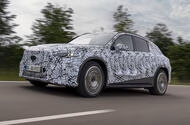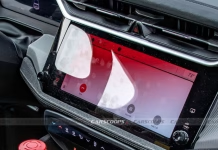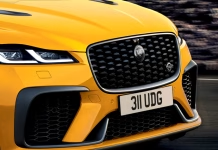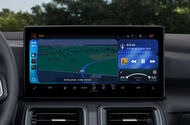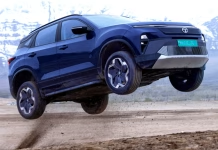Tesla’s Driverless Revolution Hits Austin: First Robotaxi Spotted on Public Roads
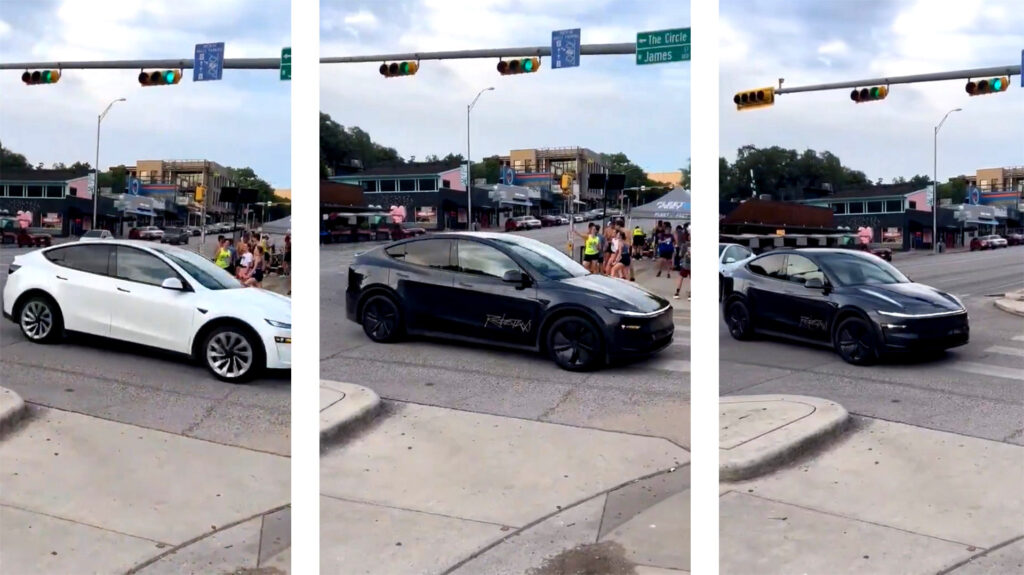
Battery Factory Shutdown: Economic Turmoil Halts Major EV Project in South Carolina

Airlines Cash In: How Your Flight Data Was Sold to the Feds for Just...

Affordable Electric Dreams: Can Slate’s Customizable Truck Deliver?

Tesla’s Revamped Model Y: Seven Seats Return, But Space Remains Tight
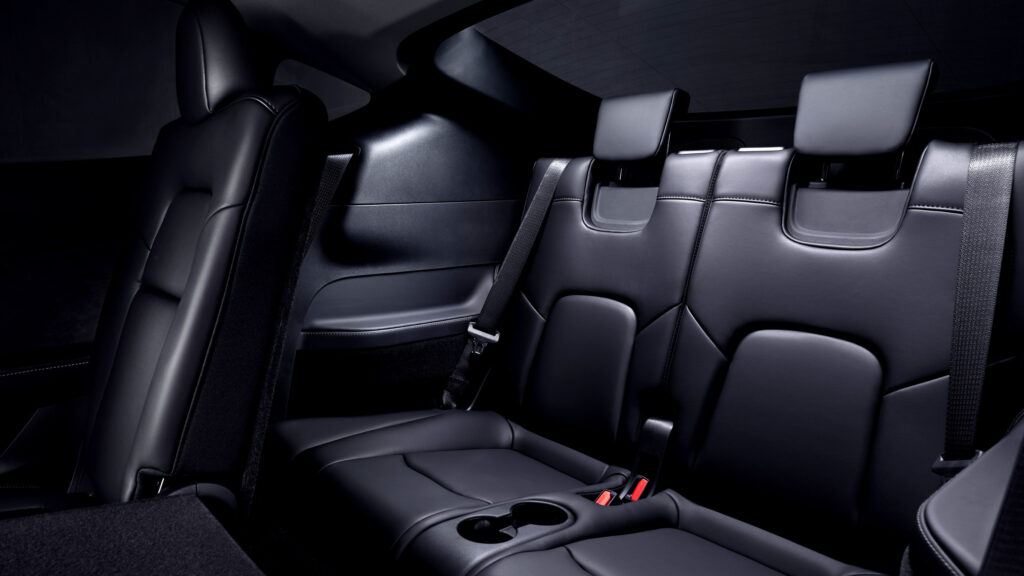
Revolutionizing Luxury: The All-New Electric Mercedes GLC Unveiled Ahead of Munich Debut
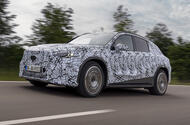 Bold new styling language and tech-heavy new platform for EV counterpart to Merc's best-seller
Bold new styling language and tech-heavy new platform for EV counterpart to Merc's best-seller
Mercedes-Benz’s crucial new electric GLC has entered the final stages of development ahead of a public debut at the Munich motor show in September.
Stuttgart has released new official pictures of its rival to the upcoming BMW iX3, which marks not only the company’s next step in electrification, but also serves as the first passenger car model to introduce a bold new design language.
At the heart of the design shift is a taller, more upright grille, inspired by historic models like the Ponton - the predecessor to today’s E-Class. Mercedes-Benz design boss Gorden Wagener says the move is about giving future models “a strong identity” at a time when many electric cars are beginning to look alike.
“Our grilles will remain a key identifier, but they will become taller and more prominent,” he told Autocar, explaining his ambition to lift Mercedes's new-generation cars from the "sea of sameness".
Ideas previewing the new design lineage, which will introduce an illuminated grille frame among other new cues, were first previewed with the Vision V show car at the Shanghai motor show in April.
As well as ushering in a new design, the electric GLC will also be the first model based on Mercedes's new MB-EA platform – a dedicated electric car structure that will also form the basis of the upcoming electric C-Class. It supports an 800-volt electric architecture, with an expected maximum charging speed beyond the 320kW of the new, MMA-based CLA saloon.
Mercedes officials have confirmed the electric GLC – successor to the discontinued Mercedes EQC SUV – will receive a 94.5kWh battery and up to 435 miles of range (WLTP) in rear-wheel-drive form.
Standard electric GLC models will use either a single motor rear- or dual-motor four-wheel drive powertrains – the latter of which is set to offer up to 482bhp. An AMG performance flagship due in 2027 will receive axial-flux motors and up to 600bhp, according to sources at the German car maker.
Mercedes-Benz GLC: prototype for crucial new EV driven
The GLC has regularly been Mercedes' best-selling model since its introduction in 2015, and it's hoped that the GLC EV can leverage the equity already built by the moniker and be a catalyst for Mercedes’ EV sales.
The strategy also streamlines development and production, a crucial consideration as Mercedes-Benz seeks to cut costs as it scales up its number of electric models.
While the CLA is first to follow the new multi-powertrain strategy, with both the EV and ICE variants due on sale this year, the GLC EV is the first car to arrive alongside a sibling that's already on sale with petrol, diesel, and plug-in hybrid powertrains.
Such is the importance of the new GLC EV, given its status as a rival to the Audi Q6 E-tron, BMW iX3 and Porsche Macan Electric, that it's set to headline Mercedes’ display at the Munich motor show in September.
An early 2026 launch is pencilled for the UK.
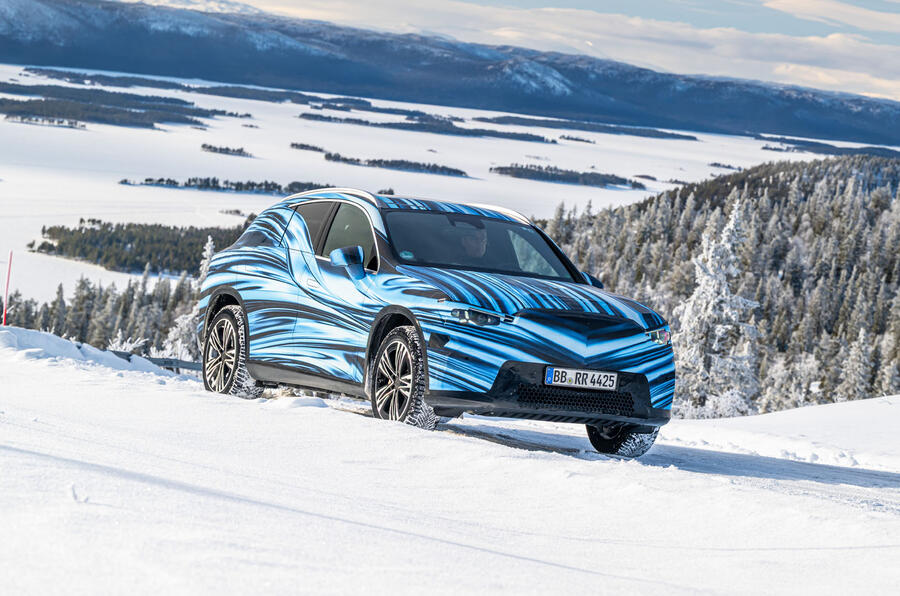
The GLC EV is the first model to use Mercedes' new MB.EA platform – a dedicated EV platform that’s also planned to underpin the upcoming electric version of the C-Class saloon and junior G-Class off-roader, both set to be revealed in 2026.
It's also the first model to use Mercedes' eATS 2.0 drivetrain, as previewed by the Vision EQXX engineering concept in 2023. In its most potent dual-motor, four-wheel-drive form, it will offer up to 483bhp. A single-motor, rear-wheel-drive model with 268bhp is also under development.
Power is drawn from a 94.5kWh nickel-manganese-cobalt (NMC) battery, which is claimed to deliver a range of over 404 miles.
It all operates on a new 800V electrical architecture that provides a charging speed of up to 320kW. This is good for a 162-mile recharge in 10 minutes.
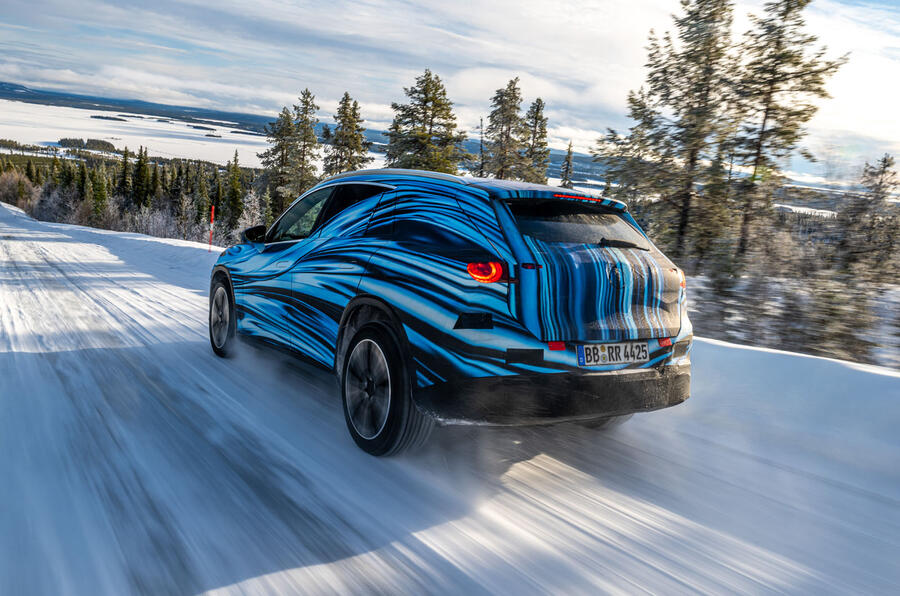
Efficiency is further boosted by a new heat pump, which is not only significantly more effective than the system in use today but also far more compact.
This has allowed Mercedes to integrate a 100-litre frunk in addition to a 560-litre rear boot, providing the GLC EV with even greater luggage space than the ICE GLC on sale today.
Additionally, Mercedes has developed a sophisticated new brake energy recuperation system, dubbed One Box. Unlike in traditional braking systems, the brake pedal is decoupled from the physical braking system, with computers calculating how much regen and how much physical disc should be used for the desired braking levels.
Dominik Voogdt, head of overall vehicle engineering for the GLC EV, describes this new braking system as a “game-changer” for overall efficiency.
The Galtispuoda Pass: a test of grit and grip
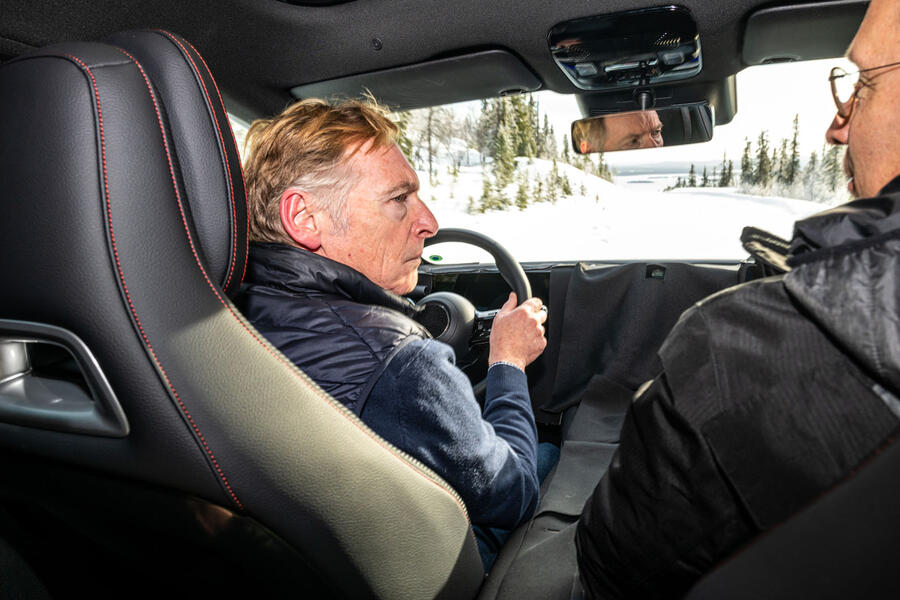
For my first drive of the GLC EV, Mercedes has brought me to the Galtispuoda mountain pass, just outside Arjeplog in Sweden’s Arctic north. This winding, snow-covered mountain road is a relentless test of a car’s mettle. It’s got it all: steep inclines, precipitous descents, fast open bends and sharp hairpins – all with surfaces that, at this time of year, shift unpredictably from compacted snow to sheer ice and back again before you realise.
With a heavy cloak of disguise covering the prototype’s dashboard and other areas, we can’t say much about the interior design yet, except that it departs quite radically from that of the ICE GLC models, which are likely to adopt it, along with a new pillar-to-pillar display panel and other digital developments, including the new MB.OS operating system, as part of a mid-life facelift before the end of next year.
That said, the driving position and ergonomics all feel familiar, with typical Mercedes refinement and attention to detail. A large glass roof floods the cabin with natural light, while a longer wheelbase than ICE GLC models (a benefit of the EV's MB.EA platform) provides additional space, much of which has been allocated to extending rear-seat leg room. It’s very roomy, noticeably so in the back.
But I haven’t flown halfway to the North Pole to be a passenger: I'm here to drive. From my starting point at the summit of the Galtispuoda, there’s a silent yet undeniable urgency to the qualities of the new eATS 2.0 drivetrain in the first mile or so, the kind that pins me to the driver’s seat when traction is found and exploited by the GLC EV’s fast-reacting four-wheel-drive system and other driving assistance systems. Despite the treacherous conditions, there’s dependable traction and swift acceleration on the straighter sections of the pass.
The stability-control system works rapidly and completely in the background without ever feeling intrusive or overbearing, keeping progress smooth and controlled. Voogdt says changes to the vehicle operating system have reduced the amount of CPU networking, providing faster and more seamless control of power to each of the wheels.
It shows. Even in these conditions, the GLC EV builds speed effortlessly. But it’s in the corners where it really impresses. The steering, typically light in feel, is very precise and offers quite a lot of feedback, inspiring confidence from the outset. It’s backed up by a rear-wheel steering function that has been tuned by the same team of engineers responsible for the similar systems used by Mercedes-AMG models, with 4.5deg of rear steer in this prototype.
The GLC EV's overall agility belies its size and weight. It’s not just the way it turns in sharply and confidently; it’s the composure it maintains mid-corner when the surface shifts from snow to ice and back again before you even reach the exit that gets my attention.
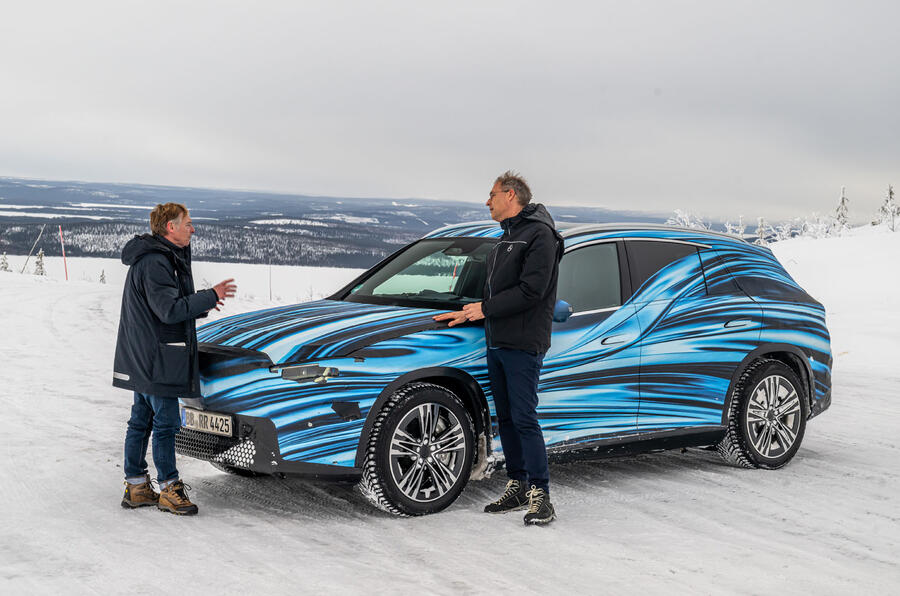
I'm driving with measured throttle inputs through the winding sections of the pass, being careful to slowly work up to the limits of what the road conditions allow. But even so, the GLC EV feels extremely lively, changing direction with truly eager qualities. And there are no specially prepared spiked tyres to enhance grip – just regular winter tyres.
The air suspension, with its variable ride height, keeps body movement well controlled. These aren't the sort of conditions in which to make a definitive call on the finer points of its double-wishbone and five-link suspension, but it’s already clear the GLC EV operates on a far higher dynamic level than the old EQC. It’s fluid and well balanced, with a greater sense of control and precision.
And what of those 'game-changing' new brakes? Apart from the dependable feel of the pedal, what’s impressive is just how much of the braking force is handled purely by regen, even in situations where you would expect the friction brakes to take over. The car brings itself to a complete stop under what feels like genuinely hard braking without ever engaging the physical brakes.
You alter the amount of regen by tapping the gear selector stalk forward and backward. It’s seamless, efficient and surprisingly effective.
The GLC EV will be produced at Mercedes plants in Bremen, Germany, and Beijing, China, with the possibility of additional production in Tuscaloosa, US, depending on tariff considerations.
Jeep Revives the Cherokee: A Bold Return with Hybrid Power and Modern Design
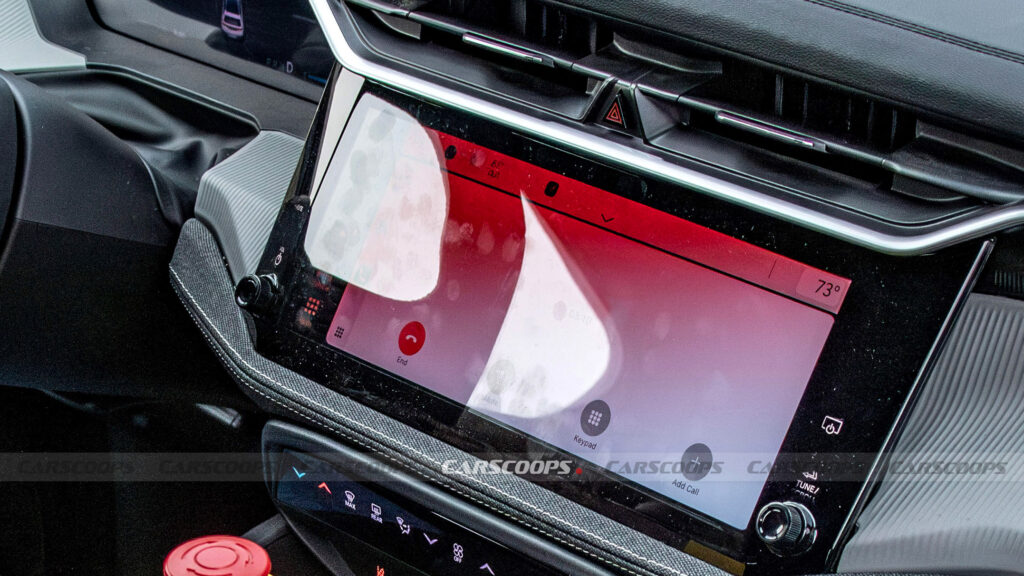
Jaguar’s Final F-Pace: The Limited Edition SVR 575 Roars into Australia
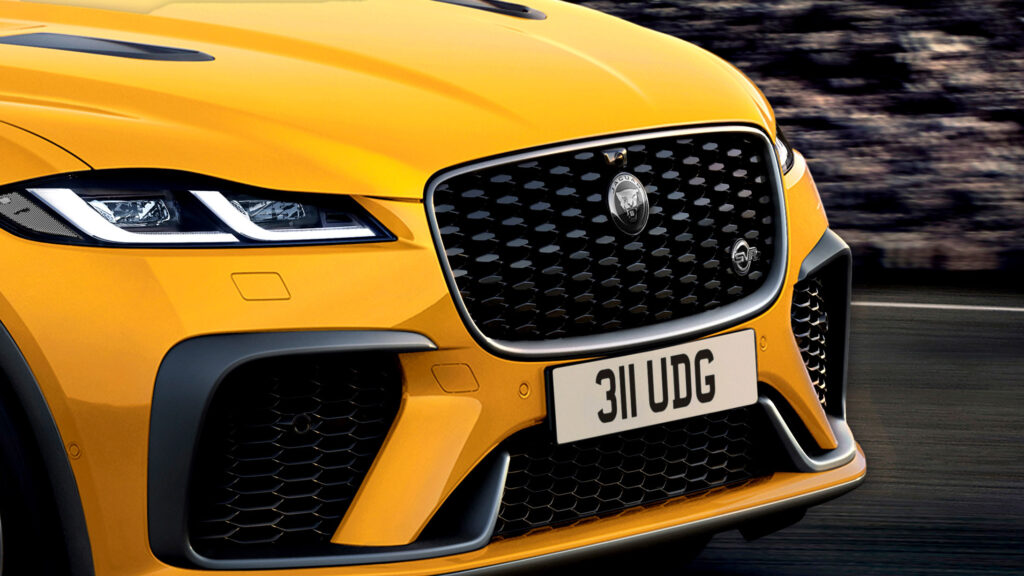
Apple CarPlay Transforms with iOS 26: Enhanced Usability and Customization Await
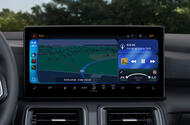 Changes will be made as part of the iOS 26 software update for iPhones, which will arrive this autumn
Changes will be made as part of the iOS 26 software update for iPhones, which will arrive this autumn
Apple CarPlay is to receive a major update aimed at increasing usability and introducing more customisation options.
Arriving as part of the new iOS 26 software package for iPhones (previewed on Monday night and due in the autumn), the main focus has been to keep key information, like maps, more visible.
As part of this, incoming phone call notifications will no longer take up the whole infotainment display or cover mapping directions, instead being displayed in a more compact view.
Incoming messages will be made less distracting, said Apple, popping up as a small notifications at the bottom of the screen. Users will now also be able to respond to them with emoji 'Tapbacks' and pin contacts.
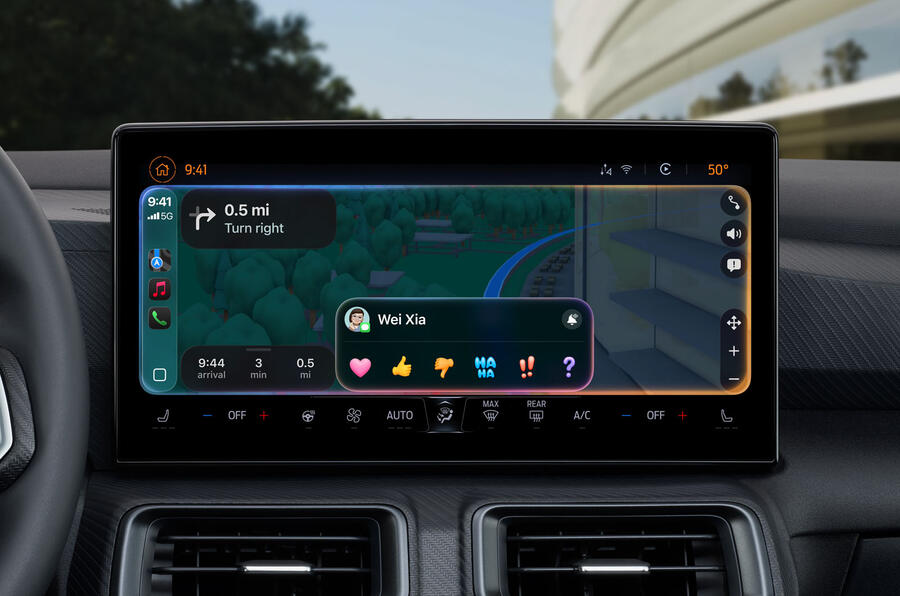
Apple has also given CarPlay a new design, mirroring the more curved-edges look of the upcoming iOS 26 system.
What’s more, the update brings widget customisation (meaning the home screen can be designed by the user) and Live Activities (such as flight tracking) so that “users can stay in the loop without losing focus on the road”.
The changes will also apply to the next-generation CarPlay Ultra software package.
First to be used by Aston Martin, this runs across a car's instrument display as well as its infotainment display, bringing additional customisation options while also being able to control various in-car functions.
Tata Harrier.ev: India’s Bold Leap into Electric SUV Innovation
